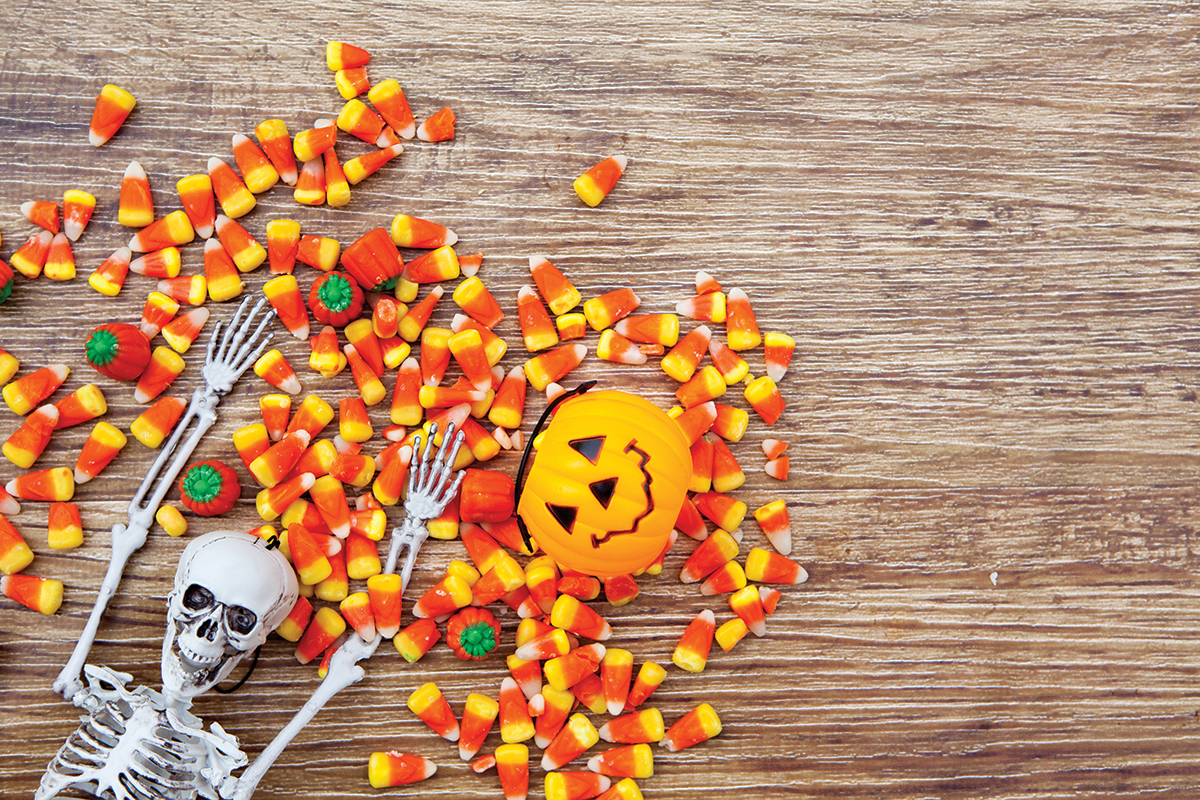Happy Healthy Halloween
Yes, Your Kids Can Have Both

For many adults and children alike, managing weight can be a challenge – especially during Halloween. However, a little pre-planning can go a long way. Dr. Samareh Hill, a board-certified pediatrician with WakeMed Physician Practices - Pediatric Weight Management, shares some helpful tips and tricks for parents to make this Halloween healthier for everyone.
– Examine candy immediately. After trick-or-treating, parents should inspect candy and be sure to read labels carefully. Look for and throw away anything with holes in the wrappers; candy that looks like it has been tampered with; homemade goods (unless you know the baker and the ingredients they used); any candy that your kids might be allergic to; and candy that has expired.
– Eat before you go. Make sure your children have a healthy, filling dinner before trick-or-treating. This will reduce snacking while walking, as well as overindulging on candy afterwards.
– Use a smaller bag for candy collection. Minimize the amount of candy brought home by providing your kids with a smaller bag or pumpkin basket instead of a large bag.
– Be selective. After trick-or-treating, allow your kids to choose one or two of their favorite candies, and then take the rest away. Have your children eat their candy with a cup of low-fat milk to minimize the sugar spike before bed.
– Opt for the “fun size.” Some healthier choices for candy bars are the “fun size” instead of full size. If you have a choice in chocolate, go for dark chocolate, which offers some health benefits.
– Offer a “candy trade.” Give your kids the option to trade their candy in for a favorite non-food item, like shoes, books, clothes, cash, iTunes gift cards, or movie tickets. This rewards them for making a healthy decision.
– Halloween and diabetes. If your child is diabetic, it doesn’t mean that he or she can’t participate in trick-or-treating. There are ways to make Halloween safer for them. For example, if your child is walking a lot that evening, he/she may be exerting more calories and may need to use more insulin.
As much as possible, make an agreement with your children to wait to eat the candy when they are home so that you can carb count appropriately. Parents should be educated about how different types of candy impact blood sugar. For example, chocolate with more fat has a slower release of sugar than the sugary candies that cause a quicker release of glucose.
– The Teal Pumpkin Project. Do you or your children have food allergies? If so, keep an eye out while trick-or-treating for homes with teal-colored pumpkins on their front porches or outside the doors. The Teal Pumpkin Project helps keep Halloween a fun, safe experience for all. A teal pumpkin – the color for food allergy awareness – is a sign of safe, non-food treats for children.
Examples of non-food treats include glow sticks, bracelets, or necklaces; spider rings, vampire teeth, or wind-up toys; stickers, coloring pages, or books; LED finger lights, Silly Putty, or silly straws.
WakeMed Health & Hospitals

